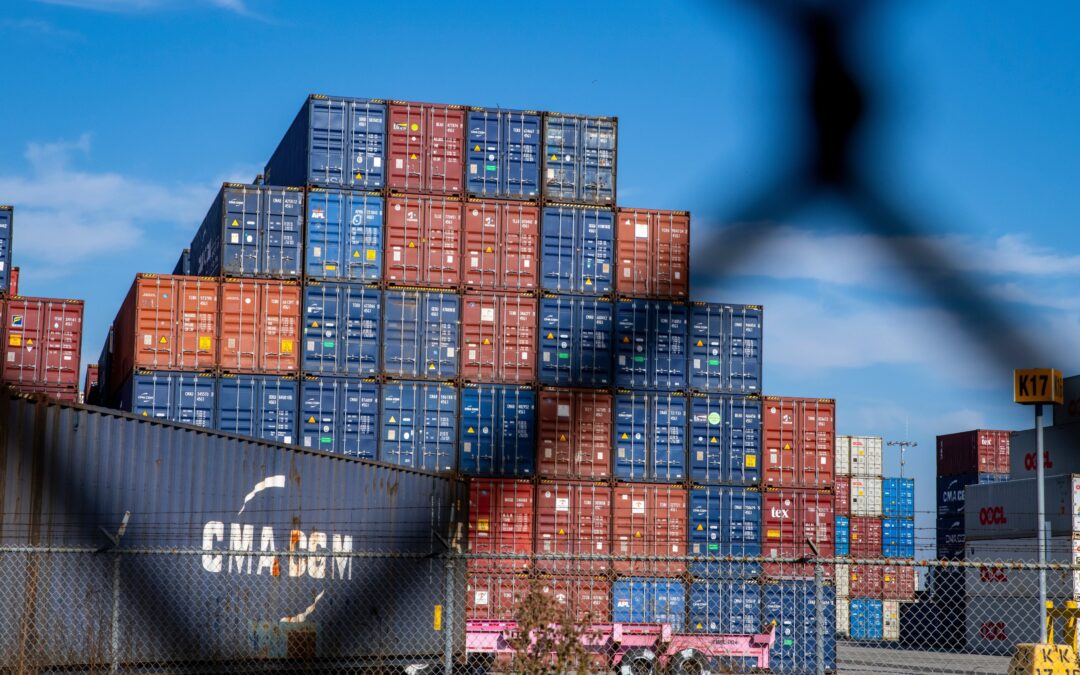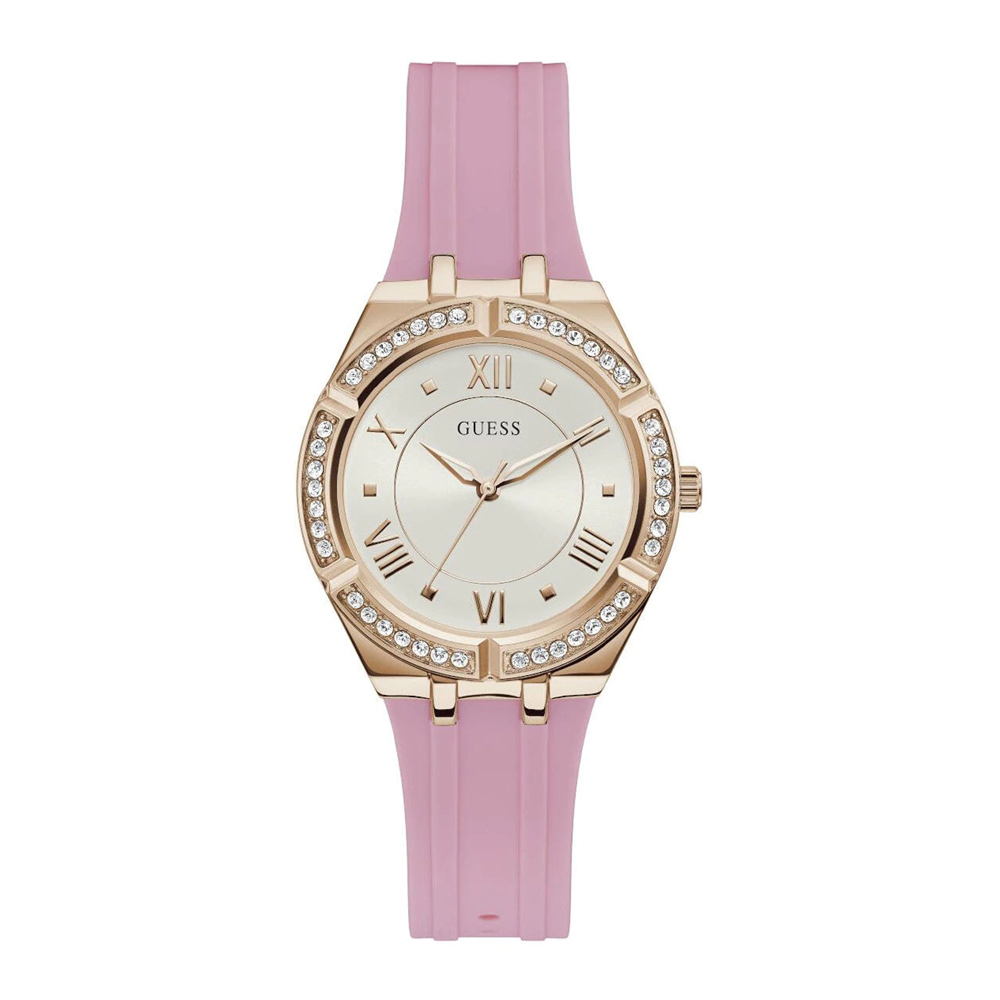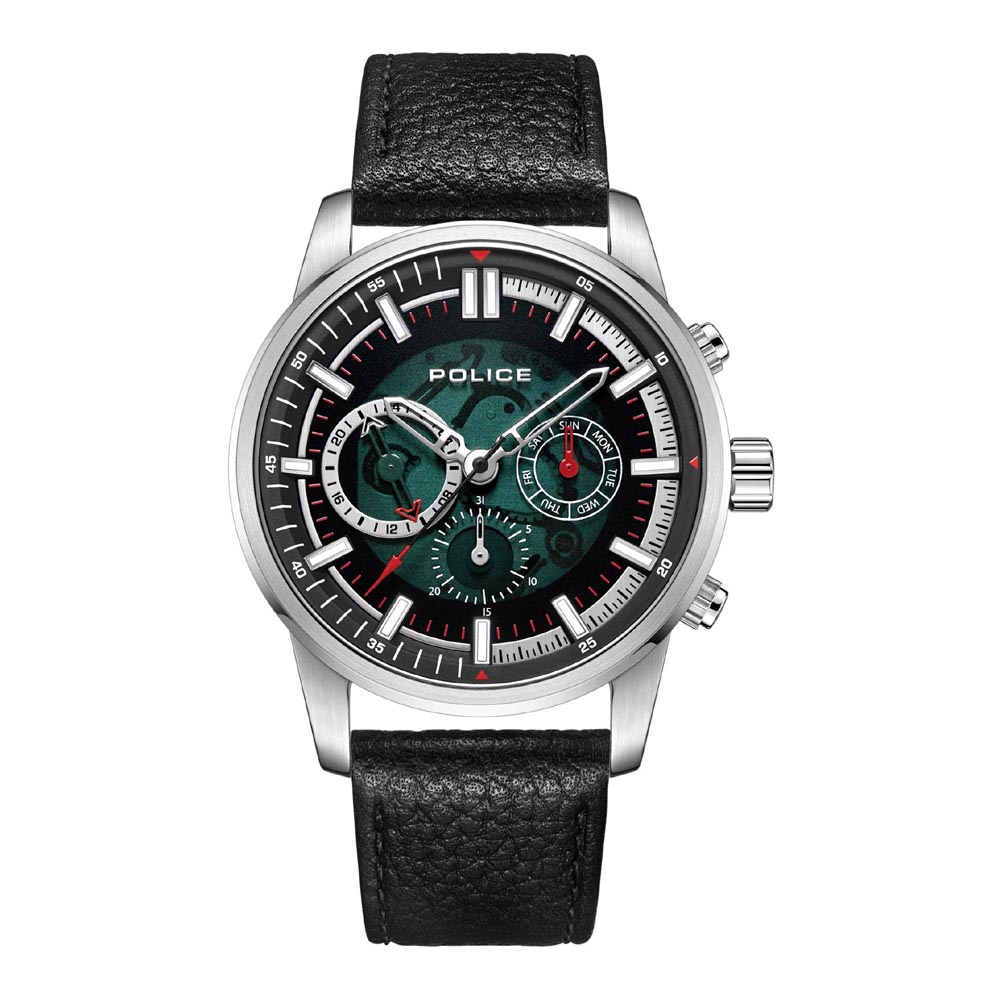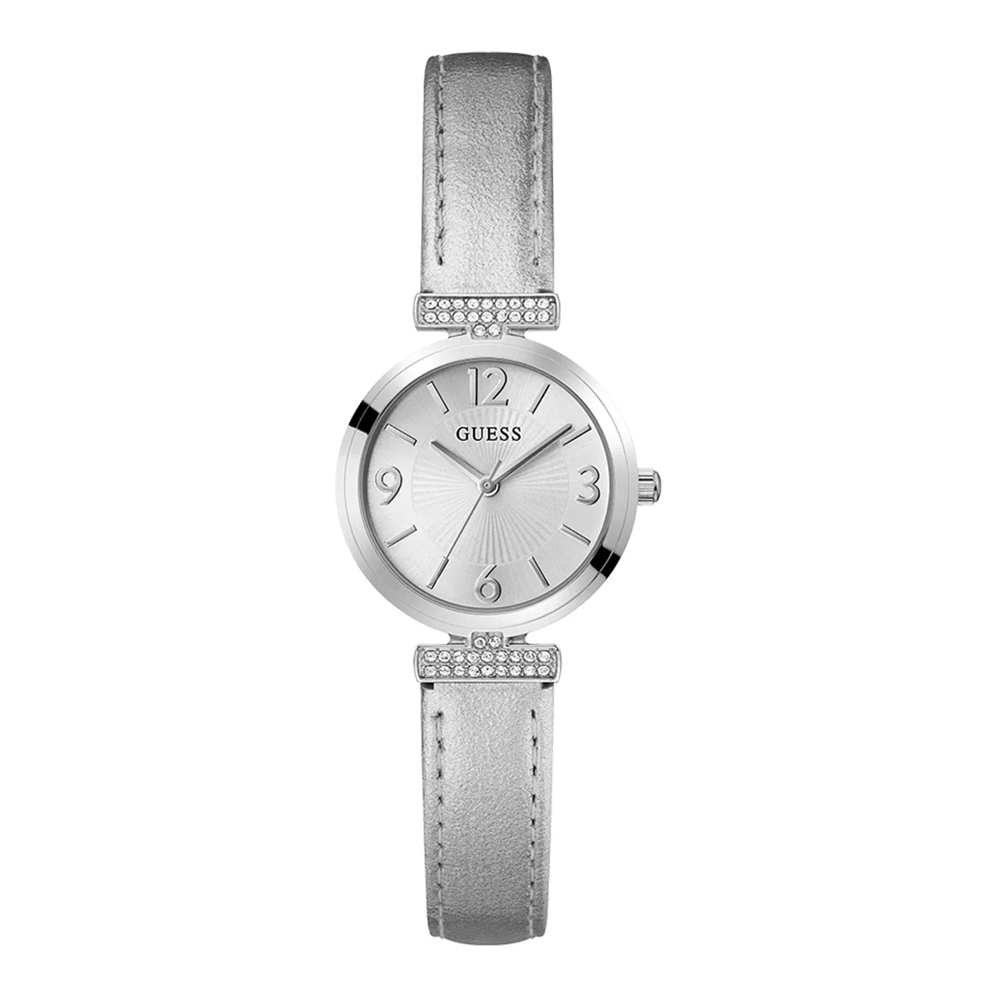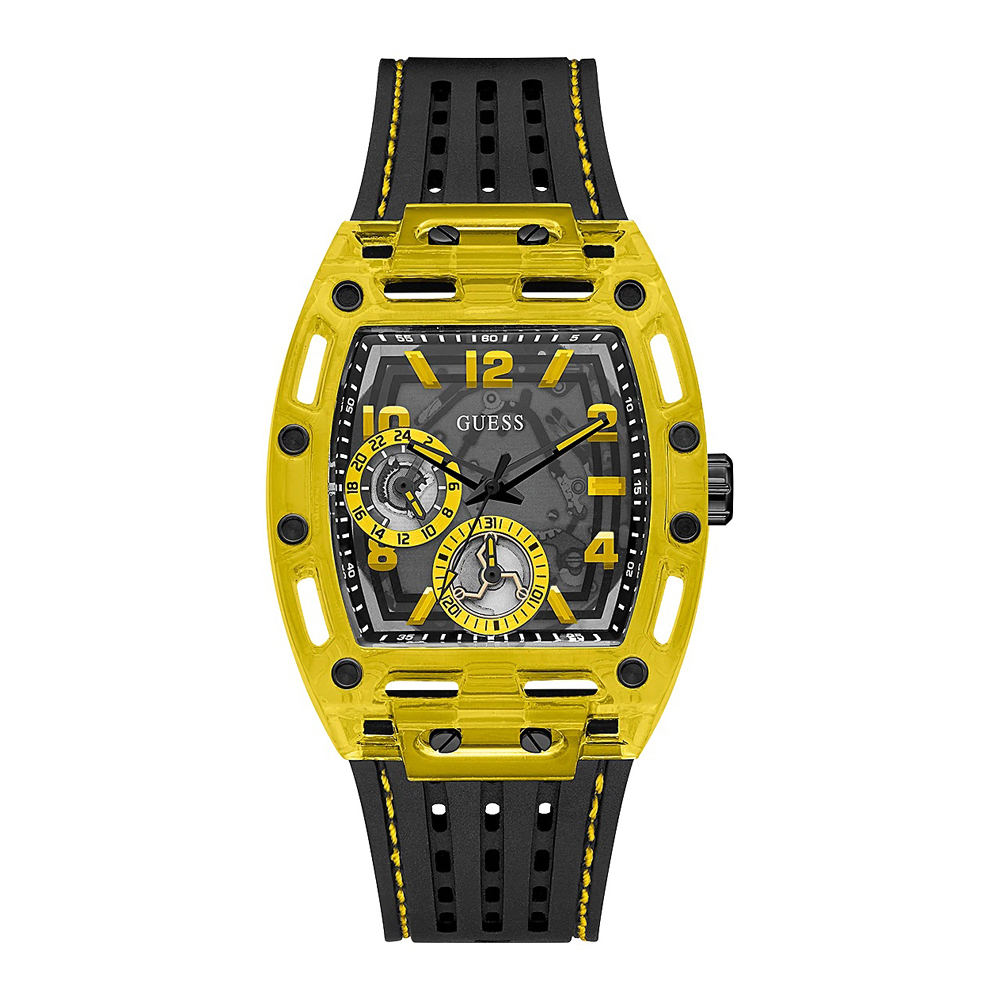
What’s Happening: The US is barreling toward an Aug. 1 deadline that could dramatically reshape the cost structure of global fashion. If new trade agreements aren’t finalised by then, sweeping tariffs — up to 50 percent on some imports — will go into effect immediately, the Commerce Department confirmed last week.
Trump’s Checklist: Most recently, the Trump administration said it had struck deals with Japan, Indonesia and the Philippines, which join Vietnam and the UK on the list of countries that have agreements. But uncertainty remains for other key apparel trade partners including the European Union, Cambodia and China, which is set to hold talks with US officials this week to discuss an extension on the Aug. 12 deadline the US has set for reaching a deal.
Relief for Investors: Despite the magnitude of these tariffs — for some countries, the highest in a century — global stock markets have shown signs of recovery. When Japan announced it had negotiated a 15 percent rate, the Nikkei rose by more than 3.5 percent. That resilience in the face of steep duties suggests Trump has normalised his aggressive trade policies and tempered industry expectations.
Deeper Impacts: Still, the hard part is yet to come. Early indicators suggest inflation is creeping back into the US economy, with some retailers already raising prices before the final reckoning with tariffs. Apparel prices in the US rose 0.4 percent between May and June, the first month-over-month uptick since March, according to the US Bureau of Labor Statistics.
For now, consumers are still shopping. But analysts say their tolerance for continued price hikes is reaching a ceiling after years of rising costs following the pandemic. Some brands can mitigate tariff pressures through new product strategies, supplier negotiations and cost-cutting elsewhere in the business. For smaller or independent brands without the scale to negotiate freight rates or hedge against volatility, the result could be intense margin pressure — or outright market exit. UK-based activewear brand Tala, for instance, is one of many international labels that has put its US expansion plans on hold.
Even if last-minute negotiations avert the harshest rates, Trump’s tariffs will continue to disrupt retail supply chains, pricing strategies and sourcing models. The ripple effects could reshape the industry for years to come.
The Week Ahead wants to hear from you! Send tips, suggestions, complaints and compliments to brian.baskin@businessoffashion.com.

